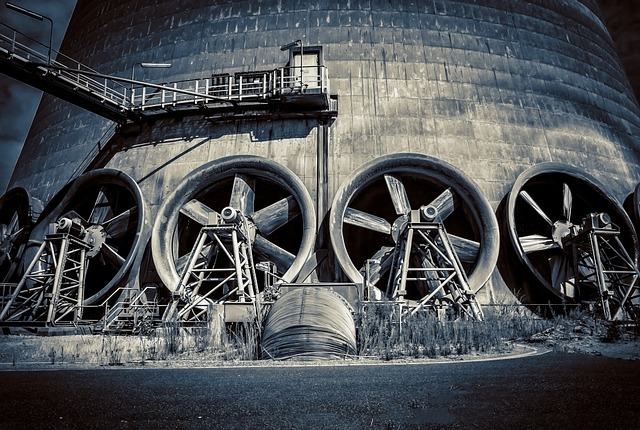The Role of Cooling Catalysts in HVAC Systems
Cooling Catalysts: Air Conditioning
Air conditioning has become an essential part of our lives, especially during the scorching summer months. It provides us with a comfortable environment by regulating the temperature and humidity levels in our homes, offices, and other indoor spaces. But have you ever wondered how air conditioning systems work? The answer lies in the role of cooling catalysts in hvac systems.
Cooling catalysts, also known as refrigerants, are the heart and soul of air conditioning systems. They are responsible for absorbing heat from the indoor air and releasing it outside, thus creating a cool and pleasant atmosphere indoors. Without these catalysts, air conditioning as we know it would not be possible.
The most commonly used cooling catalyst in air conditioning systems is a chemical compound called hydrofluorocarbon (HFC). HFCs are highly efficient at absorbing heat and have a low boiling point, making them ideal for cooling purposes. They are also non-toxic and non-flammable, ensuring the safety of both the users and the environment.
When an air conditioning system is turned on, the cooling catalyst circulates through a closed loop of pipes and coils. As it passes through the evaporator coil, the catalyst absorbs heat from the indoor air, causing the air to cool down. The cooled air is then blown back into the room, providing relief from the heat.
Once the cooling catalyst has absorbed the heat, it is pumped to the condenser coil located outside the building. Here, the catalyst releases the heat into the atmosphere, allowing the cycle to start again. This continuous process of absorbing and releasing heat is what keeps our indoor spaces cool and comfortable.
It is important to note that cooling catalysts are not consumed or depleted during this process. They simply change state from a gas to a liquid and back to a gas again. This makes them highly efficient and cost-effective, as they can be used for many years without needing to be replaced.
However, despite their efficiency, cooling catalysts have come under scrutiny in recent years due to their impact on the environment. HFCs are known to be potent greenhouse gases, contributing to global warming and climate change. In response to this concern, many countries have started phasing out the use of HFCs and replacing them with more environmentally friendly alternatives.
One such alternative is hydrofluoroolefin (HFO), which has a much lower global warming potential than HFCs. HFOs are also non-toxic and non-flammable, making them a safer choice for air conditioning systems. Another option is hydrocarbon (HC) refrigerants, which are natural substances derived from propane or butane. HC refrigerants have zero ozone depletion potential and a low global warming potential, making them an eco-friendly choice.
In conclusion, cooling catalysts play a crucial role in air conditioning systems by absorbing heat from the indoor air and releasing it outside. They are responsible for creating a cool and comfortable environment in our homes and offices. While HFCs have been the go-to cooling catalyst for many years, their impact on the environment has led to the development of more eco-friendly alternatives such as HFOs and HC refrigerants. As we strive to create a sustainable future, it is important to consider the role of cooling catalysts in HVAC systems and choose the most environmentally friendly option available.



